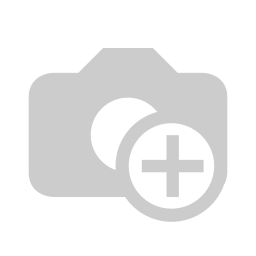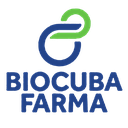Executive Secretary

VIII International Symposium on Chemistry and Pharmaceutical Sciences
SIIQ
XIII Conference "Chemical Engineering: Development, potentials and challenges"
Abstract
The present work was carried out in the physical chemical water treatment plant (PTFQA) of the Central Eléctrica Fuel Oil Camagüey 1 with the objective of finding ways to achieve a useful life of the reverse osmosis (RO) membranes and the cartridges of the micro filter, close to those reported, with the reduction of operating costs. The supply source is characterized; the indicators of efficiency and operation of the pretreatment equipment and of the plant are analyzed, which are low; the causes that cause it are identified and the cause-effect diagram was used for its hierarchy and organization. The capacity of the equipment is analyzed by simulating the process with SuperPro Designer 9.0. The encrusting characteristics of the water are established by the Langelier index. The adequate dosage of the anti-adherent is verified. Non-parametric methods are used to determine if there is removal of organic matter in the activated carbon filter. Deficiencies are found in the design of pretreatment equipment and in the work of those that affect the useful life of the components. Improvement alternatives are proposed, such as: the modification of the rinsing system, the increase of the contact time during adsorption, the dosage of sodium hypochlorite at the entrance of the plant and the methylene blue technique to determine the moment of change. of the activated carbon load, demonstrating the feasibility of these proposals.
Resumen
El presente trabajo fue realizado en la planta de tratamiento físico químico de agua (PTFQA) de la Central Eléctrica Fuel Oil Camagüey 1 con el objetivo de encontrar vías para lograr una vida útil de las membranas de ósmosis inversa (OI) y de los cartuchos del micro filtro, cercana a las reportadas, con la reducción de los costos de operación. Se caracteriza la fuente de abasto; se analizan los indicadores de eficiencia y operación de los equipos de pretratamiento y de la planta, los cuales resultan bajos; se identifican las causas que lo provocan y se empleó el diagrama causa-efecto para su jerarquización y organización. Se analiza la capacidad de los equipos mediante la simulación del proceso con SuperPro Designer 9.0. Las características incrustantes del agua se establecen mediante el índice de Langelier. Se verifica la adecuada dosificación del antiadherente. Se utilizan métodos no paramétricos para determinar si existe remoción de la materia orgánica en el filtro de carbón activado. Se encuentran deficiencias en el diseño de equipos del pre tratamiento y en el trabajo de los que afectan la vida útil de los componentes. Se proponen alternativas de mejoras como son: la modificación del sistema de enjuague, el aumento del tiempo de contacto durante la adsorción, la dosificación de hipoclorito de sodio a la entrada de la planta y la técnica del azul de metileno para determinar el momento de cambio de la carga de carbón activado, demostrándose la factibilidad de estas propuestas.
About The Speaker

Sarah Barreto Torrella

Discussion




